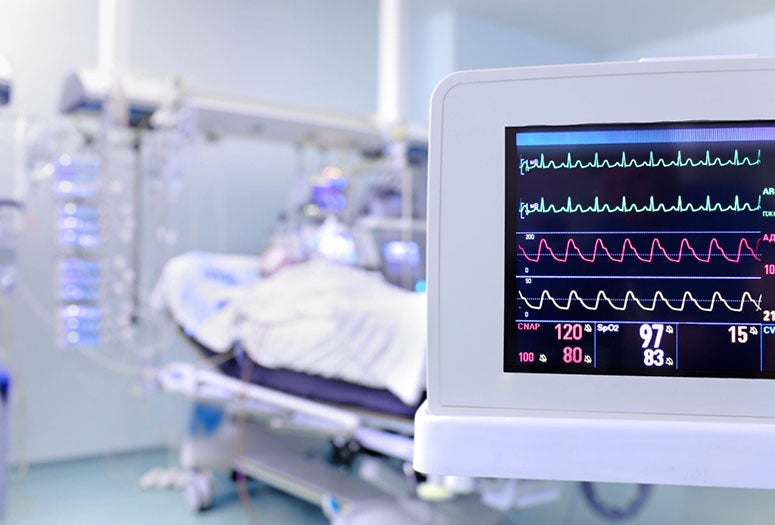The effectiveness of medical devices comes down to one simple question: Is it usable?
Rice University is the newest partner of the Human Factors MEdical DevIce Consortium (hfMEDIC), a University of Utah-led organization dedicated to making medical devices more effective and improving treatment outcomes. The group serves as a consulting resource for manufacturers.
Pat DeLucia, a professor of psychological sciences at Rice, is heading up the university's partnership with the consortium.
"I am excited about joining hfMEDIC and working with (director) Frank Drews, who is a leader in the field," she said. "Being a consortium member gives faculty and students at Rice opportunities to work with industry and government partners to improve medical devices and other components of heath care, and ultimately to enhance patient safety."
Drews, a professor of psychology at the University of Utah, lauded the expertise Rice brings to the consortium.
"This partnership is really increasing our resource base," Drews said, noting the pool of potential members in Texas as well as graduate and undergraduate students, who gain valuable experience that can translate into careers in human factors engineering.
The consortium was formed in 2019 in response to the Food and Drug Administration's 2016 move to begin issuing guidance for human factors and usability engineering in the development of new devices. Some large manufacturers employed product development engineers, while academic researchers in the field worked somewhat independently. However, midsized manufacturers may not be able to devote resources to full-time engineers, Drews said.
That’s where hfMEDIC comes in. The consortium connects the needs of industry with the expertise of a network of researchers. "We are trying to really organize a concerted effort," Drews said, "addressing these problems where right now all of the device manufacturers are just doing it by themselves."
Just as experts in user interface and user experience try to make tech easier to use, researchers in human factors work to improve the usability of biomedical devices. The aim is to reduce adverse outcomes.
One example is a kit designed by Drews and his colleagues. Central venous catheters, or central lines, are placed in large veins to deliver medications and fluids, but they’re a significant source of risk for infections because they provide an access point for pathogens.
"We developed kits that actually guide nurses through the process of inserting and maintaining those central lines," Drews said. In the course of evaluating the kits, they reduced central line infections to nearly zero.
They did not patent the design of the kits. "Now many manufacturers have adopted this approach, and now these central line maintenance kits are considered industry standard," Drews said.
The team at the University of Utah includes Andrew Merryweather, associate professor of mechanical engineering and director of the university's Ergonomics and Safety Program, as well as graduate and undergraduate student researchers and engineers. The consortium also includes academic partner North Carolina State University and industry partner AbbVie.
More information is available online at https://hfmedic.org.
The original announcement by Paul Gabrielsen at the University of Utah was adapted for this piece and is available online at https://attheu.utah.edu/uncategorized/hfmedic/.

